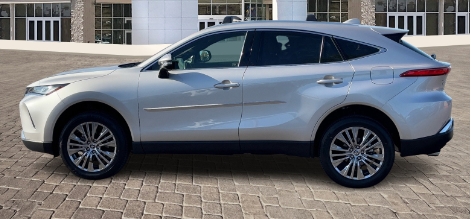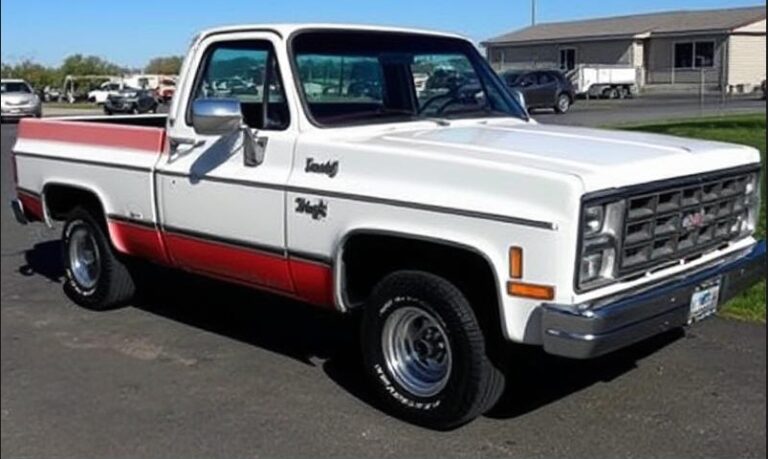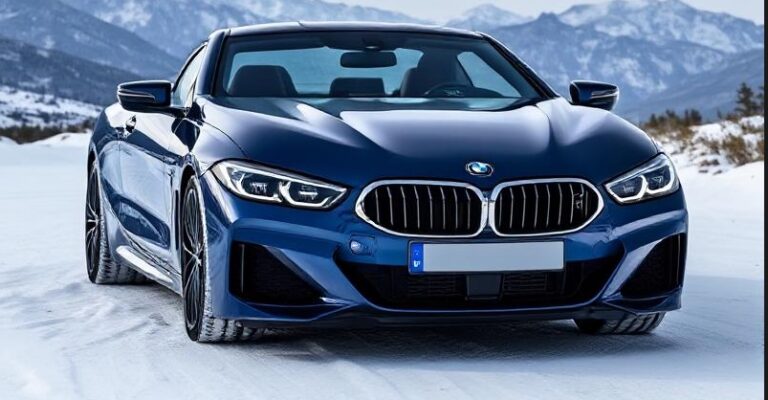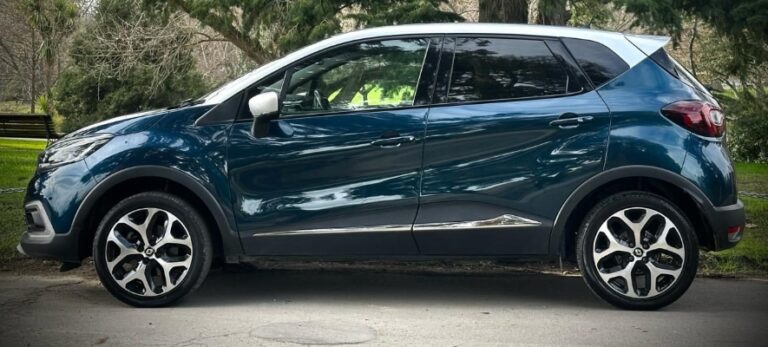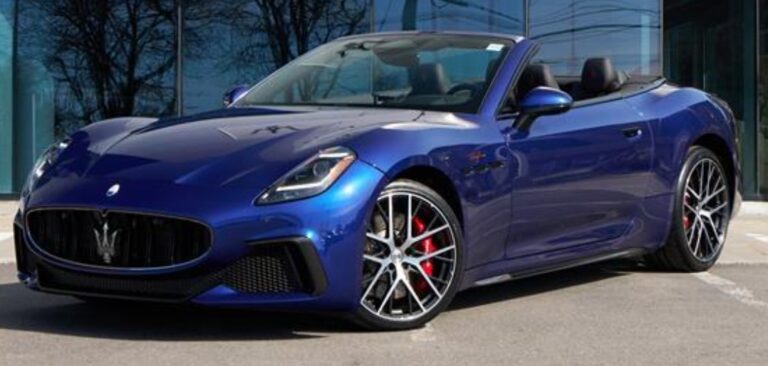The Evolution of the Toyota Venza
The Toyota Venza is a midsize crossover SUV that has carved out a unique niche in the automotive landscape since its debut. Known for its blend of stylish design, practicality, and Toyota’s reputation for reliability, the Venza has undergone significant transformations since its inception. This article traces the evolution of the Toyota Venza, detailing its production years, model offerings, and trim levels, providing a thorough understanding of its development over time.
First Generation (2009–2015): The Birth of the Venza
Introduction and Market Positioning
Toyota introduced the Venza in 2008 as a 2009 model, primarily targeting the North American market. Positioned between the compact RAV4 and the larger Highlander, the Venza was designed to appeal to consumers seeking a stylish, car-like crossover with the practicality of an SUV. Its design was influenced by the Toyota Camry and Lexus RX, emphasizing a sleek profile and a comfortable interior.
Production and Model Years
- Production Years: 2009–2015
- Model Years: 2009 through 2015
Powertrain and Drivetrain Options
The first-generation Venza offered two main powertrain options:
- 2.7-liter four-cylinder engine: Producing approximately 182 horsepower.
- 3.5-liter V6 engine: Delivering around 268 horsepower.
Both engines were paired with a six-speed automatic transmission. Buyers could choose between front-wheel drive (FWD) and all-wheel drive (AWD) configurations.
Trim Levels and Features
Initially, the Venza was offered in three main trim levels:
- Base: Included standard features like 17-inch alloy wheels, keyless entry, a six-speaker audio system, and cloth upholstery.
- LE: Added features such as fog lights, roof rails, and a better sound system.
- XLE: The top-tier trim, offering leather upholstery, a power liftgate, dual-zone climate control, and an upgraded audio system.
In 2013, Toyota refreshed the Venza with minor styling updates and added more features across trims, including standard Bluetooth connectivity and a rearview camera.
Notable Features and Updates
- Safety: Standard anti-lock brakes, stability control, and front-seat side airbags.
- Comfort: Dual-zone climate control, keyless entry, and available navigation system.
Second Generation (2018–Present): The Revival of the Venza
Discontinuation and Reintroduction
After ending production in 2015, Toyota discontinued the Venza, focusing on other models. However, in 2020, Toyota announced the revival of the Venza lineup for the 2021 model year, signaling a renewed focus on hybrid technology and modern design. The second-generation Venza marked a significant departure from its predecessor, emphasizing efficiency and contemporary aesthetics.
Production and Model Years
- Production Years: 2020–present
- Model Years: 2021 onward
Design and Platform
The new Venza shares a platform with the Toyota RAV4 but features a more sophisticated and upscale design, with a sleek coupe-like silhouette, a prominent front grille, and sharp LED lighting elements. Its interior is refined, featuring a digital instrument cluster, a large touchscreen infotainment system, and premium materials.
Powertrain Options
The 2021 Venza is exclusively offered as a hybrid, aligning with Toyota’s electrification strategy:
- Hybrid Powertrain: A 2.5-liter four-cylinder engine paired with electric motors, producing a combined 219 horsepower. It features a standard all-wheel-drive system with an electronically controlled all-wheel-drive system (e-AWD).
Trim Levels and Features
The second-generation Venza is available in multiple trims, primarily:
- LE: The base trim, equipped with Toyota’s Safety Sense suite (including adaptive cruise control, lane departure alert, and pre-collision system), 8-inch touchscreen, and standard hybrid powertrain.
- XLE: Adds premium features like leather upholstery, a power liftgate, a larger 12.3-inch touchscreen, heated seats, and upgraded audio.
- Limited: The top-tier trim includes additional luxury features such as a head-up display, premium audio, panoramic sunroof, and advanced driver-assistance systems.
Notable Features and Updates
- Technology: Standard on all trims are the Toyota Safety Sense 2.0 suite, Apple CarPlay, Android Auto, Amazon Alexa compatibility, and Wi-Fi hotspot.
- Efficiency: As a hybrid-only model, the Venza boasts an EPA estimated combined fuel economy of approximately 40 mpg, making it one of the most efficient vehicles in its class.
.
RepairSurge Online Repair Manuals Replace Bulky Books With Reliable Digital Information!
Faster And Cheaper Than Traditional Printed Manuals, Users Get Instant Access To The Repair Information They Need For Any Car, Truck, Van or SUV:
.
Evolution Summary
| Generation | Production Years | Key Features & Changes | Trim Levels | Powertrain Options |
|---|---|---|---|---|
| First | 2009–2015 | Sleek design based on Camry/Lexus RX, multiple trims, standard AWD optional | Base, LE, XLE | 2.7L I4, 3.5L V6, AWD/FWD |
| Second | 2021–present | Modern, coupe-like design, hybrid-only, upscale interior, advanced tech | LE, XLE, Limited | 2.5L hybrid (219 hp) |
Notable Variations During the First Generation
Throughout its first generation, the Venza saw incremental updates:
- 2013 Refresh: Exterior styling tweaks, upgraded interior features, and the addition of standard Bluetooth.
- Special Editions: Limited editions or packages occasionally offered, such as the Venza Special Edition in 2014, which added unique wheels and interior accents.
Impact and Market Reception
The Toyota Venza has been praised for its reliability, fuel efficiency (especially in the hybrid models), and upscale interior. Its unique styling set it apart in the crowded crossover market, appealing to consumers seeking a blend of utility and sophistication. Its discontinuation in 2015 was met with some disappointment among fans, but the reintroduction in 2021 with an all-hybrid lineup has reinvigorated interest.
Future Outlook
With the automotive industry’s shift toward electrification, the Toyota Venza’s hybrid-only approach positions it well in the evolving market. Toyota’s commitment to hybrid technology suggests that future updates may include more electrified powertrains, advanced driver-assistance features, and further interior luxury enhancements.
In summary, the Toyota Venza has evolved from a stylish, mid-sized crossover with multiple engine options to a modern, hybrid-only vehicle emphasizing efficiency and upscale features. Its production history reflects Toyota’s responsiveness to market trends, technological advancements, and consumer preferences, ensuring that the Venza remains a relevant and appealing choice in the competitive crossover segment.
